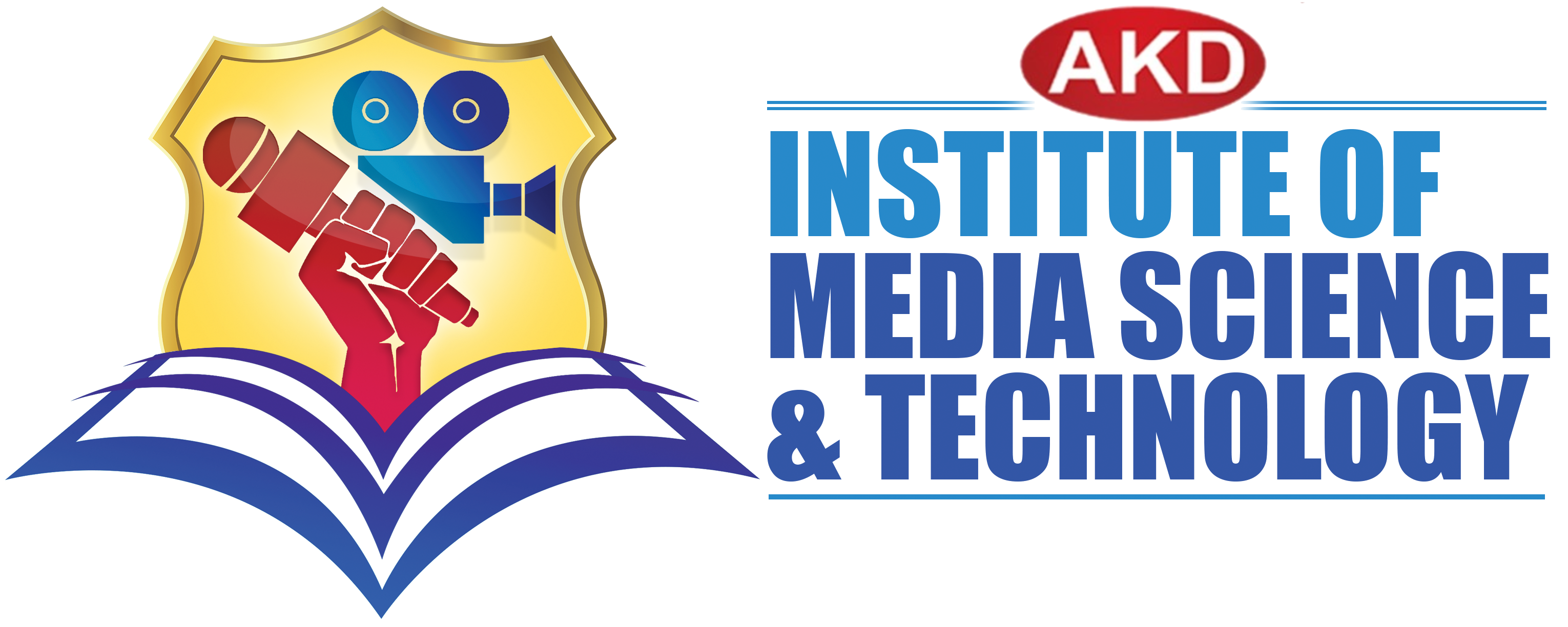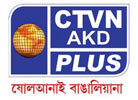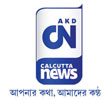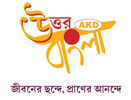

Digital media is employed in many aspects of our lives. Many industries are finding areas of expansion or ways to simplify production using digital media. For example, the advertising industry is exploring innovative ways of reaching customers over cell phones and the Internet. In the movie industry, filmmakers are switching to digital technology to utilize animation and ease the editing process. Other examples of new or expanding digital media include:
- Interactive web pages
- Video games
- MP3 players
- eBooks
- Digital television
Any media content that is digital can be stored as the 1s and 0s of computer code, including text, audio, pictures, and video. This digital content can be delivered via different media, such as a compact disk (CD), digital video disk (DVD), or digital radio or television broadcast signal.
The Internet is the communications platform on which digital media content can be delivered to a wide variety of devices, including desktop computers, wireless laptops, smartphones, and other mobile devices. Over the past few decades, the growth of digital media, the rise of the Internet, and the proliferation of mobile devices have combined to burst open the very meaning of mass media in several ways.
The Internet blurs the distinction between individual and mass audiences, and replaces the one-to-many model of traditional mass media with the possibility of a many to- many web of communication. This can be seen as people use the Internet and digital content for individual communication with single known recipients (e-mail, instant messaging), small group communication with a limited number of recipients (forums, social networking sites, microblogging like Twitter), and mass communication with an unlimited number of unknown recipients (websites, blogs, streaming video).
Organizations that build digital media products rely on multi-skilled teams and manage those teams with business processes designed to enhance their efficiency and effectiveness. For example, making a game requires storytellers, programmers, artists, data analysts, user experience designers, project managers and animators. “Throwing things over the wall” between siloed groups of experts is not an effective way to manage things. You have to ensure that they understand each other, work together creatively, and collectively pull off a result that delivers a world-class experience. The skills required to manage these multi-skilled team members and the fast-paced nature of the industry means that digital media producers, like our graduates, have to have communication and collaboration skills as well as a depth and breadth of knowledge that is unprecedented.
The Digital Media program of AKD Institute educates students on these two aspects – working in multi-skilled teams and engaging with a wide range of modern, creative business processes – while making digital media products that deliver value for people.
Students acquire these skills partly through classroom learning but mostly in experiential learning, working on multiple projects. These projects require students to collaborate with colleagues with different skill sets, and they also get to practise the business processes they learn. Projects also include industry projects for real-world clients looking for digital media solutions.



